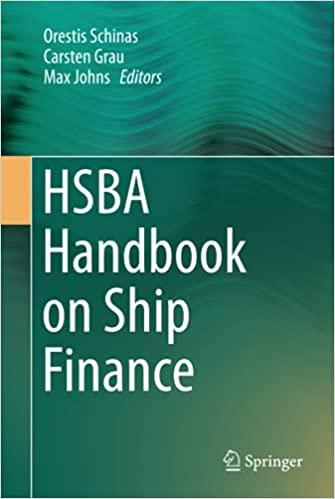

Your company has earnings per share of $3.96. It has 1.2 million shares outstanding, each of which has a price of $40. You are thinking of buying TargetCo, which has earnings per share of $1.32, 1.7 million shares outstanding, and a price per share of $21. You will pay for TargetCo by issuing new shares. There are no expected synergies from the transaction. a. If you pay no premium to buy TargetCo, what will your earnings per share be after the merger? b. Suppose you offer an exchange ratio such that, at current pre-announcement share prices for both firms, the offer represents a 25% premium to buy TargetCo. What will your earnings per share be after the merger? c. What explains the change in earnings per share in part (a)? Are your shareholders any better or worse off? d. What will your price-earnings ratio be after the merger (if you pay no premium)? How does this compare to your P/E ratio before the merger? How does this compare to TargetCo's premerger P/E ratio? a. If you pay no premium to buy TargetCo, what will your earnings per share be after the merger? The EPS after the merger is $. (Round to the nearest cent.) b. Suppose you offer an exchange ratio such that, at current pre-announcement share prices for both firms, the offer represents a 25% premium to buy TargetCo. What will your earnings per share be after the merger? The EPS after the merger is $. (Round to the nearest cent.) c. What explains the change in earnings per share in part (a)? (Select the best choice below.) A. EPS declines because TargetCo has a higher price-earnings ratio than your firm. B. EPS always decline if the firm issues new shares to pay for a merger. C. EPS declines because you are over - paying for TargetCo. Are your shareholders any better or worse off? (Select the best choice below.) A. In this case, your shareholders are better off. B. In this case, your shareholders are neither worse nor better off. C. In this case, your shareholders are worse off. ratio? The P/E ratio after the merger is . (Round to two decimal places.) How does this compare to TargetCo's premerger P/E ratio? The P/E ratio before the merger was . (Round to two decimal places.) TargetCo's premerger P/E ratio was . (Round to two decimal places.) (Select from the drop-down menu.) Buying TargetCo with stock and creating no synergies, the transaction simply ends-up with a company whose P/E ratio is the P/E ratios of the two companies going into the transaction








